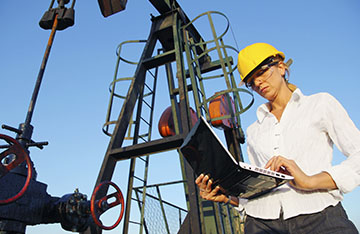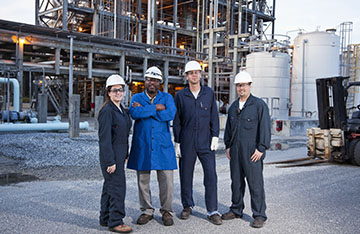API Publishes First-Edition Standard For Pump Repair and Inspection
The American Petroleum Institute has published a first-edition standard, API Recommended Practice (RP) 697, Pump Repair, that provides comprehensive guidance for pump inspection and repair that will help enhance safety, reduce emissions and improve operations across the natural gas and oil industry.
Pumps are one of the most widely used machineries in process facilities and pipeline systems. While industry standards and practices cover the design, installation and operation of pumps, before the release of RP 697 there was no overarching industry guidance on repair practices despite pump repairs being more common than new pump purchases.
RP 697 covers pump repairs from the time an issue is discovered until the pump is placed back into service, allowing the user to create effective repair work scopes for both field work and repair shop work. Incorporating best practices and learnings related to pump repair, RP 697 covers field inspection, shop inspection, upgrades, repair and/or new component manufacture, reassembly, reinstallation and start-up of the pump in the field.
Specifically, the standard addresses how to implement the following key requirements and processes:
- Complete a field inspection and prepare a fieldwork scope
- Remove the complete pump from its base and move to the repair shop
- Complete inspections at the repair shop and develop a repair shop work scope
- Consider applicable performance and reliability upgrades
- Complete the repair shop and field work scopes and return the pump to the field
- Submit a repair document package to the owner chronicling before and after inspection results and listing all components repaired or replaced
- Install the pump, test for leaks, and return the pump to service
For the first time, such comprehensive pump repair information has been combined in one easily accessible document filled with pictures, sketches, tables and checklists to guide the user through successful pump repairs. In addition, there are 26 detailed annexes that offer troubleshooting guidance, detailed tolerances and acceptance criteria, as well as checklists.
The guidance in RP 697 applies to pumps detailed in API 610, Centrifugal Pumps for Petroleum, Petrochemical and Natural Gas Industries, 12th edition, a widely used industry standard that specifies requirements for centrifugal pumps. However, the guidance in RP 697 can generally be applied to all types of pumps.
Previously, API published RP 687, Rotor Repair, 1st edition, which establishes the minimum requirements for the inspection and repair of special purpose rotating equipment rotors, bearings and couplings used in petroleum, chemical and gas industry service. Together, RP 687 and RP 697 form the basis for comprehensive repair specifications across the industry and help improve safety, reduce incidents, improve reliability and increase efficiency.
API is hosting a free webinar with leaders and experts of the standard development committee about the important requirements of RP 697 June 29, 2023. To learn more about RP 697 and API’s more than 800 world-class standards developed to drive safety, operational performance improvements and sustainability, visit www.api.org/products-and-services/standards.





